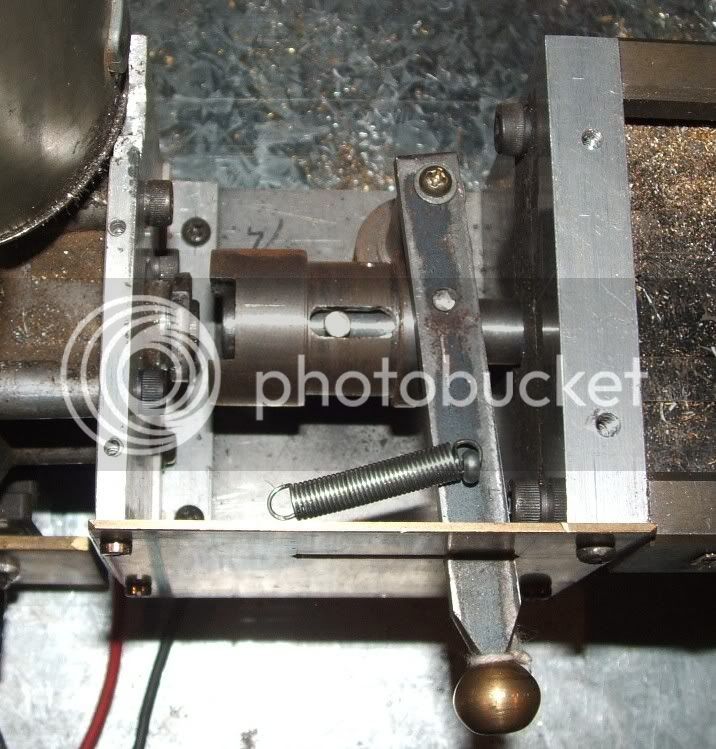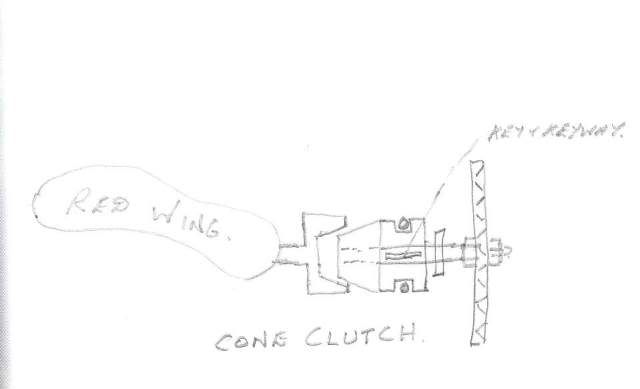putputman
Senior Member
- Joined
- Nov 22, 2008
- Messages
- 600
- Reaction score
- 55
Has anyone out there built a clutch that fits scale models or know of plans available for a clutch. I know that DeBolt Machine sells a clutch, but I would rather make one if possible.
Would even consider a clutch that engages with the engine running but have to stop engine to disengage.
Would even consider a clutch that engages with the engine running but have to stop engine to disengage.







